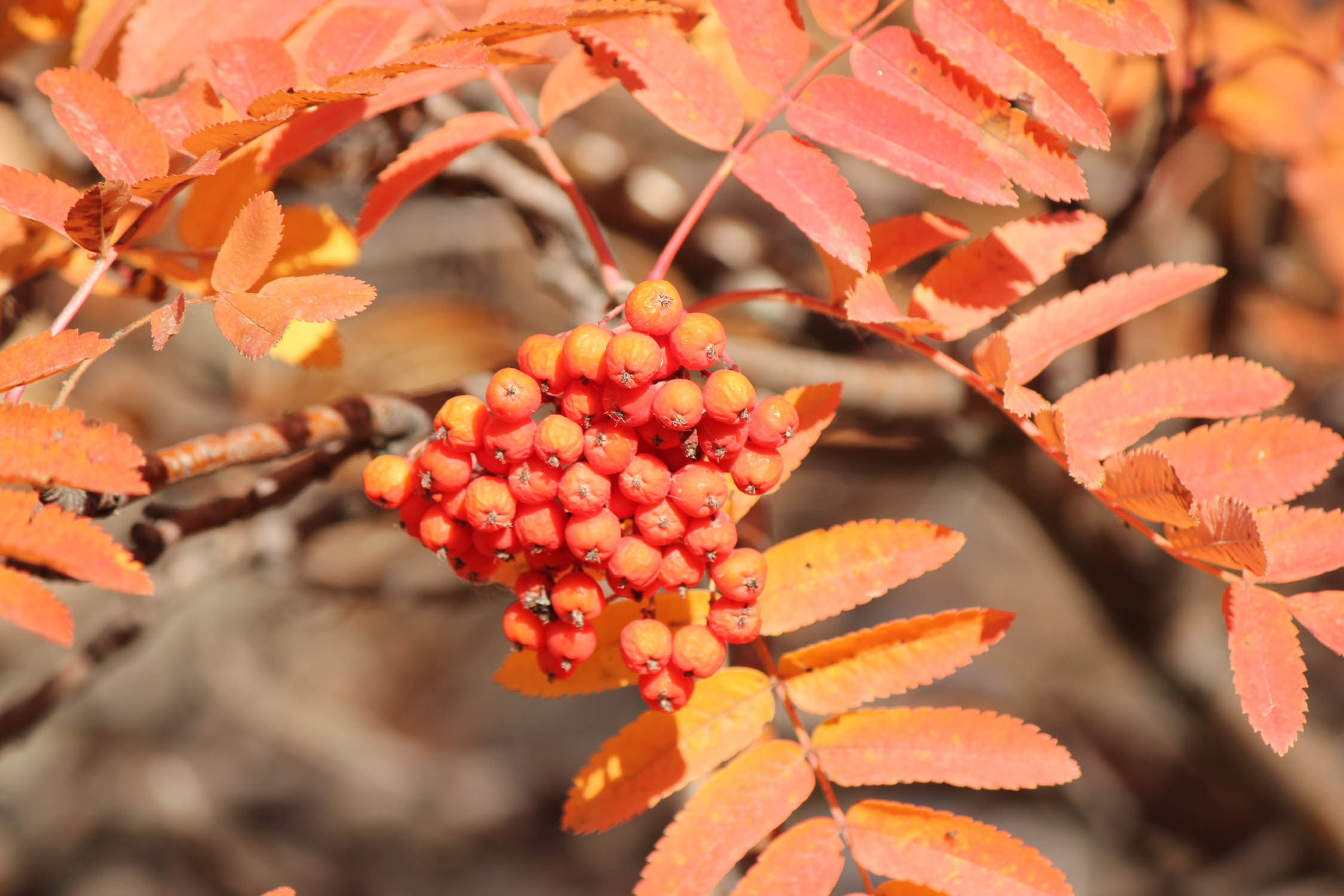
Preparing your garden for winter
Activities for late August through November
- Divide iris, lilies, Lily of the Valley, bleeding heart, peony and ajuga in late August or early September, about when the tree leaves are about to drop. Leave everything else until early spring
- Plant remaining perennials, trees, fall bulbs, and fall vegetable crops
- If you don’t have time to plant all remaining perennials, don’t despair. Water them before storage, keep them very cool, and keep them away from freeze/thaw cycles. Ideally, bury plastic pots in soil that contain perennials to overwinter them and dig up again in the spring
- Collect seeds from any plants of interest in your garden. Store collected seeds in a labeled paper envelope inside of a bag in your freezer. Make sure you include the type of plant as well as the harvest date of the seeds.
- Collect cuttings from begonias, coleus, impatiens and geraniums if you wish to do leaf propagation for houseplants
- Weed the garden and place all weeds into your compost bin.
- Dig up non-hardy bulbs such as dahlias and store appropriately, probably in the fridge in a paper bag of peat but check online for recommendations for your specific plant
- Remove the top portion of all annuals and boring perennials by cutting the plant about 1” from the soil surface and add this to your compost bin. Leave standing any plant material with interesting seed heads for winter interest and so the birds can eat.
- Stop using all synthetic fertilizers
- Add compost to your open beds
- Top up mulch to 5”
- Till or don’t till, see discussion on tilling practices potentially harming soil structure. If you till, weed first, top dress with compost before tilling, till only dry soil, and till gently
- Deeply water again two weeks before freeze up (late October), especially your evergreens, asparagus, and rhubarb
- Cut grass short (to about 3" tall) to reduce mould issues
- Turn and water your compost pile
- Collect dry materials such as straw, shredded newsprint, or dry leaves so that you can continue to compost year long
- Update your garden journal
- If you purchased a portable leafcutter bee house, it needs to be kept away from freeze/thaw cycles. You can either put it in a plastic bag and overwinter it in the fridge (recommended for the smaller houses such as those from Backyard Pollinators) or ensure its kept in a well mulched area. It is absolutely critical that regardless of where you overwinter it, you put it back out in the very early spring.
- Drain water barrel, birdbaths, water features, hoses and buckets. Turn anything that potentially holds water upside down to prevent water build up and cracking.
- Remove pump from water features and drain water from the pond itself. Overwinter fish and plants as necessary (typically in water in a cool garage)
- Install a water heater into birdbaths that you intend to leave out during the winter
- Clean and fill up bird feeders with food appropriate to winter birds, especially fat-rich foods like suet
- Bring houseplants indoors. Wash off the leaves with horticultural soap, inspect for bugs and quarantine for a few weeks. If necessary, consider replacing the potting mix at this time too since it does degrade over time and tends to be a home for pests
- Wherever possible, empty clay and ceramic pots and winter in protected location. If not possible, cover large pots to prevent build up and ideally protect them from freeze/thaw cycles
- Drain automatic watering systems
- Turn off outside taps if necessary
- Tools: clean, sharpen, rub vegetable oil on cut edges for rust prevention and pack away
- Add extra mulch to new perennials
- Repair trellises and remove all climbing apparatus for annuals while plants are dead or dormant
- Prune as necessary
- Wrap upright conifers (junipers and cedars) in burlap if prone to bending with snow cover
- Consider burlap, mulch towers, cardboard or blankets for tender perennial shrubs (roses, new cedars)
- Put plastic collars around base of trees and shrubs to prevent mice, mole and vole damage throughout winter. Use a spiral design or remove every spring to prevent tree damage long-term
- Very young trees, especially fruit trees, or trees near a very light colored object are prone to sunscald. Wrap the trunk in a protective collar or use tree wrap tape to prevent it

